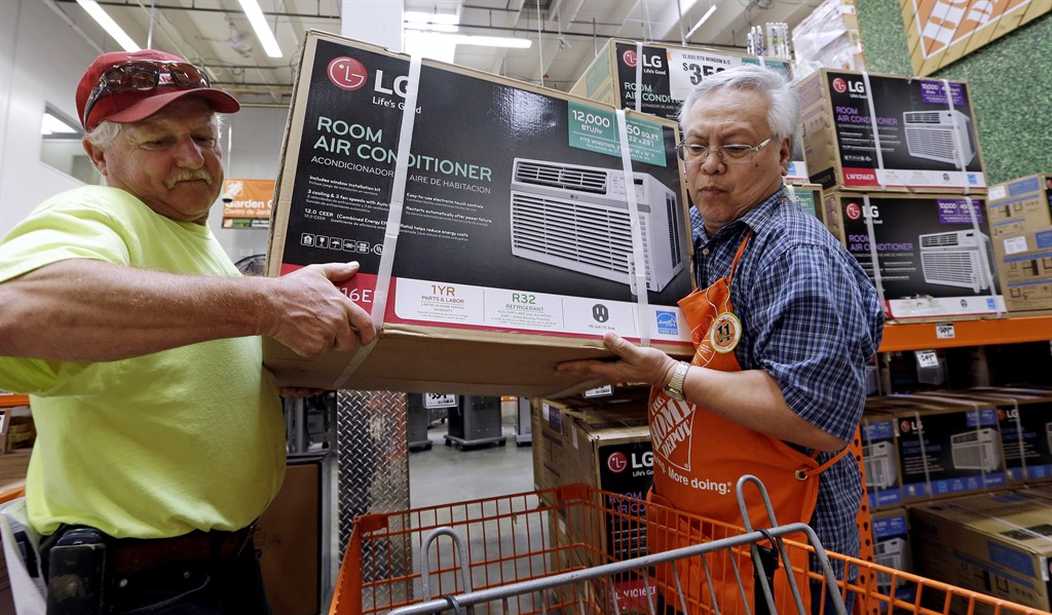Fossil fuels, often blamed for causing Asia's hot summers due to global warming, are helping people survive the sweltering heat! Yes, coal-fired power plants, despite their caricature of evil by know-nothing journalists, continue to play a crucial role in ensuring energy security during challenging summers.
In the densely populated metropolitan areas of Asia, air conditioners and ceiling fans powered by fossil fuels are essential for the well-being of millions in the summer heat. The presumption of the net zero crowd that these appliances can be powered by wind turbines and solar panels is as much a fantasy as the notion that burning coal will “boil” the planet.
Summer Cooling and Power Supply in India
In Southeast Asia, summer is characterized by high temperatures and elevated humidity. This season corresponds with a significant rise in the need for electricity, primarily because of the urgent requirement for cooling systems.
I hail from India, a country where summer can pose serious problems in the congested pockets of big cities. Coal, along with natural gas, met most of the summer power demand spikes in India, a country where more and more people are now purchasing air conditioning units.
Top manufacturers such as Daikin, Panasonic, LG Electronics, Blue Star, Godrej Appliances and Lloyd anticipate sales growth of up to 25 percent for the current year. Around 11.5 million units are expected to be sold this year. The primary reason for these unprecedented numbers is the increased purchasing power of people climbing up the economic ladder.
In many Asian countries, poorly planned urban infrastructure that provides for no air-vents or windows and densely packs buildings together exacerbates the urban heat island effect for city dwellers.
India experienced a substantial surge in coal-fired electricity generation during the first quarter of 2024, reaching an unprecedented level 9 percent higher than that of a year ago. This increase was primarily driven by the rising demand for electricity in response to scorching weather.
Recommended
Lately, natural gas too has been called on. "With the surge in power demand currently driven by increased temperatures, the power sector has witnessed a rise in the use of natural gas and specifically LNG to serve demand," said an industry source in S&P Global.
Despite the unprecedented increase in coal-powered capacity, the country still faces a shortage this year. One reason could be the misplaced trust in renewable energy, which not only diverts critical investment away from fossil fuels but also makes the grid less reliable when demand is high. Wind and solar power, frequently promoted as the future of energy, demonstrate their glaring limitations during times when they are needed the most.
Wind power requires optimal conditions: winds that are not too weak nor too strong. Likewise, solar is limited by the vagaries of nature to daylight hours, preferably without clouds, fog or snow cover. Neither can provide uninterrupted supply, let alone meet sudden increases in demand.
Both systems require expensive infrastructure and grid integration systems, along with backup power from traditional sources. All the additional expense is ultimately passed on to the consumer. In other words, both solar and wind decrease reliability and increase costs.
The same is true with hydropower, which poses a distinct challenge in Asian summers. Numerous hydropower facilities depend on river flows sustained by seasonal rainfall. The region’s dry season frequently results in diminished water levels, reducing capacity to produce electricity.
In contrast, coal-fired plants offer the advantage of being dispatchable, meaning they can be ramped up or down to meet fluctuating demand. This feature is critical to ensuring that homes and businesses have access to the electricity needed to stay cool and productive.
To meet rising energy demand, Asian nations should abstain from catering to climate virtue signaling and instead halt investments in solar and wind power. Fossil fuels, along with nuclear power, have proven to be the more reliable sources and consistent with the aim of keeping power affordable for those seeking to improve their economic lot.
Vijay Jayaraj is a Research Associate at the CO2 Coalition, Arlington, Virginia. He holds a master’s degree in environmental sciences from the University of East Anglia, U.K



















Join the conversation as a VIP Member